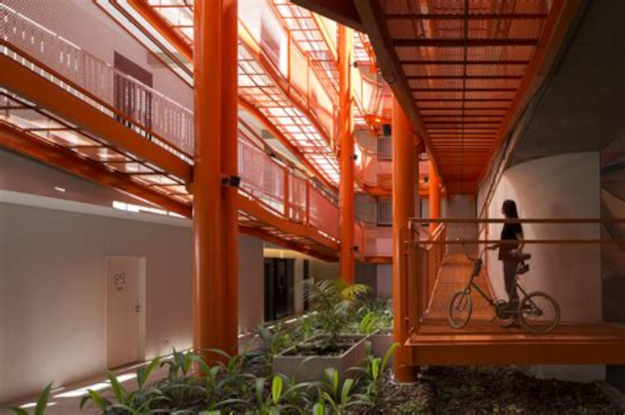Janette Sadik-Khan
The New York cyclist revolution started on 9th August 2008 when 11 km of streets, in concrete Centre Street, Lafayette Street, the Fourth Avenue and Park Avenue were closed to road traffic from 7 a.m. to 1 p.m. This attempt to give streets to people was repeated the next two Saturdays. Two were the responsible of it: the former mayor Michael Bloomberg and, specially, the former Commissioner for Transport Janette Sadik-Khan.
The test was a success. More than 300,000 people enjoyed it by walking, riding bikes, playing and dancing. The mark of Janette Sadik-Khan in New York is undeniable: She transformed road space into bicycle lines, pedestrianized squares such as Broadway, Times Square and Herald Square, and launched Citi Bike, the larger net of shared bikes in the USA. This visionary of the bicycle, as was defined by the New York Times, explains that there are thousands of reasons in order not to transform cities on a sustainable mobility and human view, but authorities and the citizens who serve them can not accept dysfunctional streets. They should fight for it and inaction is inexcusable.
How This US City Is Solving Transportation
Are the Suburbs Getting Worse?
Casa HO
It is impressive to discover a building in which bike needs have been idealized and implemented thanks for twenty first-century-mind architects. One example is located in Buenos Aires, Argentina. In concrete, the HO house (from the Donato – Holmberg area) was built in 2018 on the military Osvaldo Cacciatore’s idea of a highway that fortunately was not finally materialized. However, the end of the dictatorship finished with his dream, though almost one thousand houses were expropriated.
The 12,000 squared meters building counts on a commercial space in the ground floor and apartments in upper floors. What is really interesting is the ramp which quarters the central courtyard from the ground floor to the fifth floor. Thus, a person can ride his bicycle to the top without stop pedaling. Moreover, there are bike parking in every floor for 40 bikes in total.
So close is the relation of this building with bicycles that the building owner gave a beautiful bike by Monochrome Bikes to those who bought an apartment.

Is Europe Sprawling?
How to Remove a Highway
Cinema and cars
Why do almost all the successful main characters on the scream drive cars or motorbikes instead of bicycles? Think on James Bond or Batman, they move on cars rather than bikes. Cinema is only one example of the overwhelming influence of cars manufacturers on potential buyers. When we see a character riding a bike, he or she usually is on holiday or practicing sport instead of using it to go to work, shopping or study (or is delivering something). This intentional detail was successfully implemented more than half century ago and we have grown up with it in our brains with hesitating. However, the tendency could change in the coming years as less and less teenagers want to drive cars at least in developed countries, cartoons show characters on alternative, non-pollutant vehicles and adults fight against climate change by using alternative ways of transport while some people add the economic concept to the “fight” of bicycles vs cars.